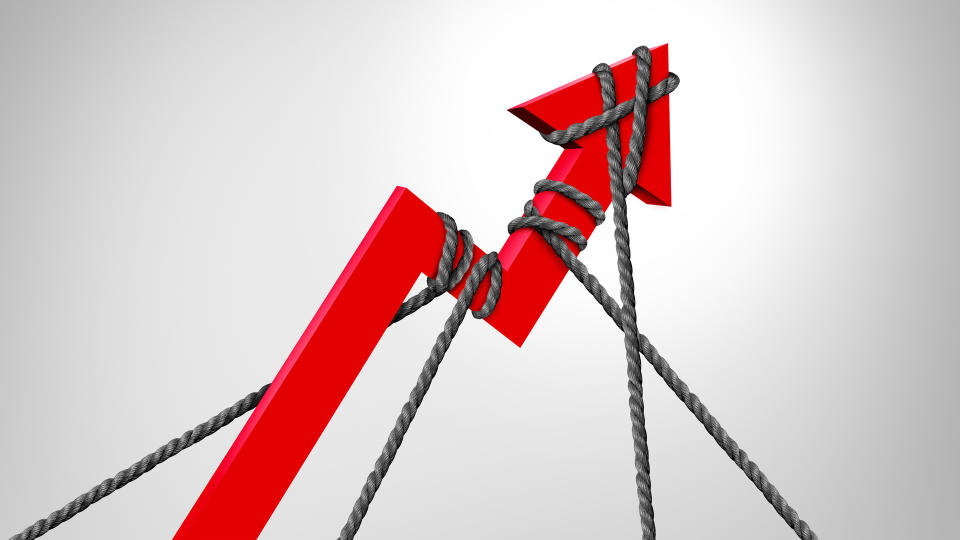The High Cost of Low Interest Rates: Are You Really Saving Money?

The Federal Reserve failed to cut interest rates in the latter half of 2023 — in fact, they’re likely to remain at their two-decade high for the foreseeable near-future. However, while the lowering of interest rates is generally viewed as a positive for Americans, especially those fed up with inflation and high consumer prices that haven’t returned to pre-pandemic values, is there a downside to a drop?
Read More: 7 Things the Middle Class Won’t Be Able To Afford in the Next 5 Years
Check Out: How To Get $340 Per Year in Cash Back on Gas and Other Things You Already Buy
Just before the pandemic in 2019 and in April 2020, when it had just begun hitting the states, reports were trying to indicate the downsides of lower interest rates. Naturally, the discussion of potential negative impacts was overshadowed by the economic disruption of the pandemic. While many Americans are still reeling from the aftermath of COVID-19, it’s worth noting how low interest rates could be ultimately detrimental.
Why Lower Interest Rates?
The rationale for lowering interest rates is, among other reasons, to incentivize large corporations to increase the availability of job opportunities. If the cost to build a new location — with the need for more employees — is cheaper due to lower financing rates, they’re more likely to do so. This seems positive as a solution for unemployment. Moreover, whether it’s housing, cars or insurance, lower interest rates for loans and credit card balances increase consumer spending, too.
The Hidden Cost of Low Interest Rates
The result of lowering interest rates may be a rise in stock prices and returns on bonds, but there is also likely to be a rise in real estate prices. This can make holding these investments more expensive. Despite being a theoretical solution to inflation, the increased consumer spending causes the supply and demand balance to shift. More people borrowing and spending leads to a supply disruption, which isn’t a long-term solution to inflation. When you go to purchase a home or a car, motivated by a cut to interest rates, you end up faced with higher listing prices — so you’re not really saving money.
Middle Ground
Economic analysis indicates that in the last few decades, higher rates have not been causally linked to recessions. It’s believed that higher rates aren’t necessarily bad if they are associated with growth since higher rates are a source of higher costs.
Ultimately, the goal should be to lower interest rates to a moderate or normal level rather than to have them drastically lower. Rates that are too high or too low destabilize the economy and cost you more in the process due to the phenomenon that too little of something can be as problematic as too much.
More From GOBankingRates
This article originally appeared on GOBankingRates.com: The High Cost of Low Interest Rates: Are You Really Saving Money?
